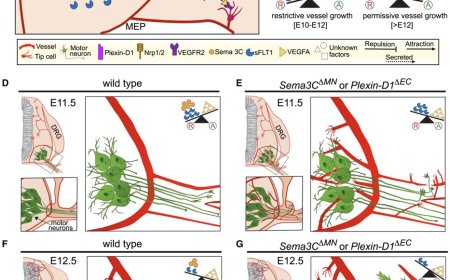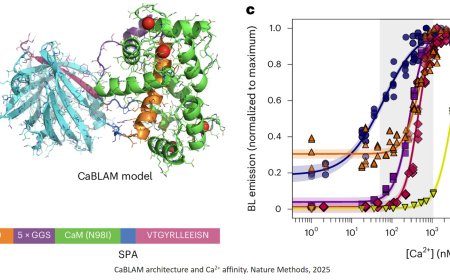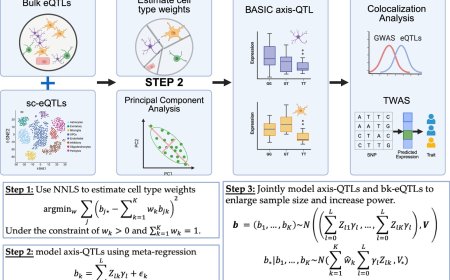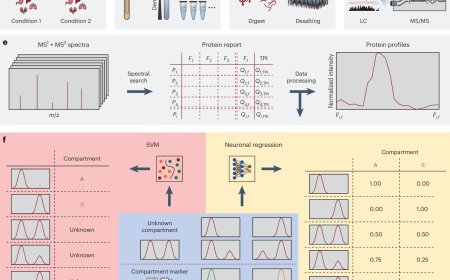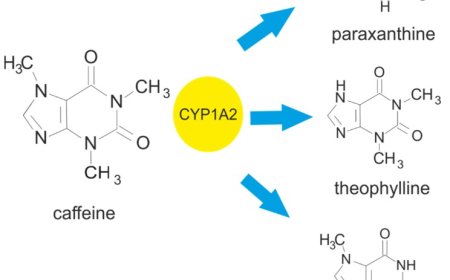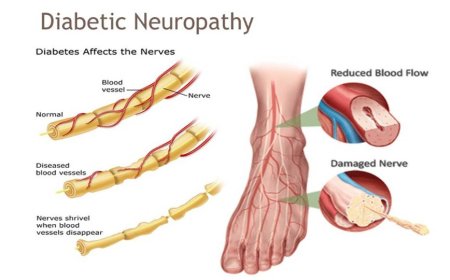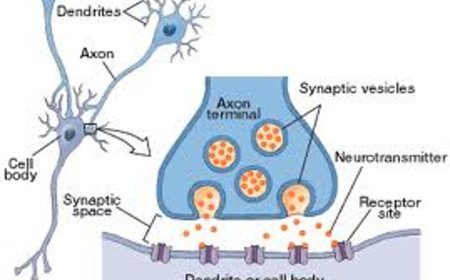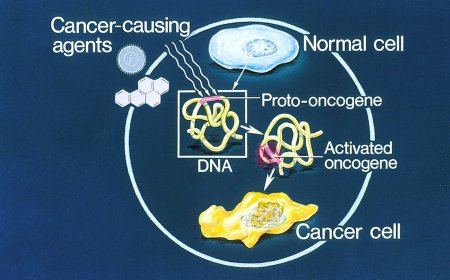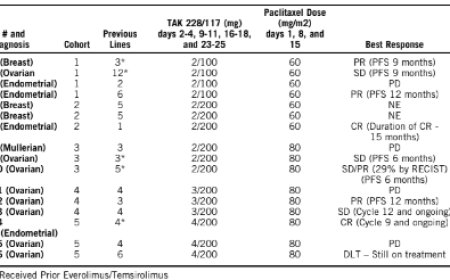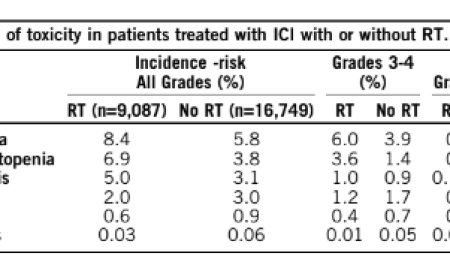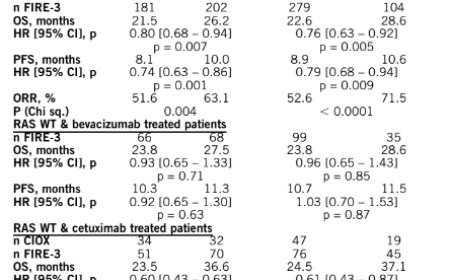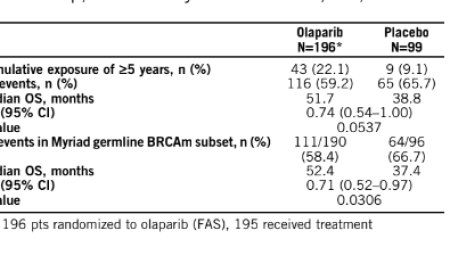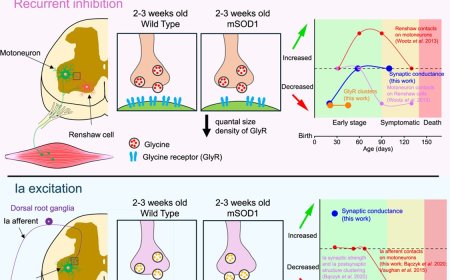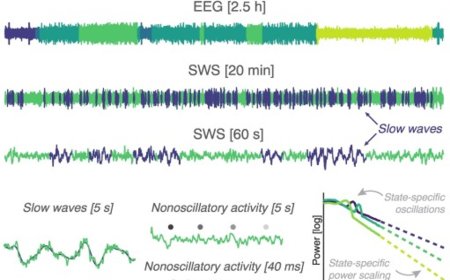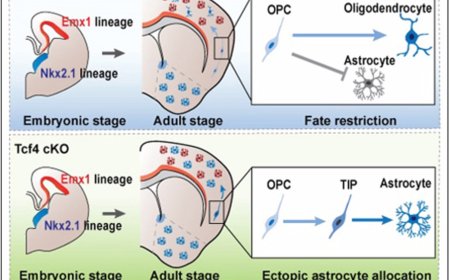The endoplasmic reticulum proteostasis network and bone disease
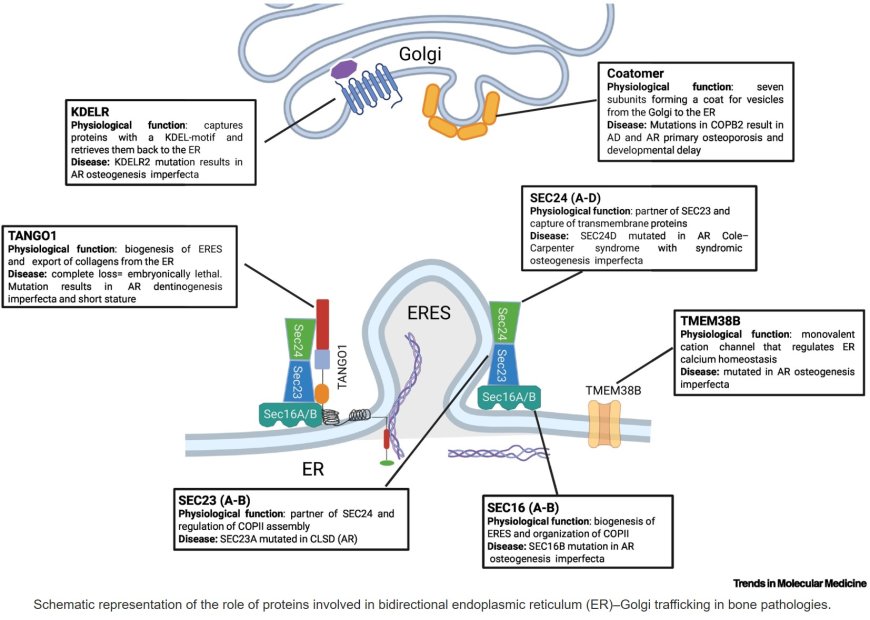
Endoplasmic reticulum (ER) proteostasis consists of a biosynthetic and a degradative branch, both of which interact with the unfolded protein response (UPR), a key regulator that maintains ER homeostasis.
All aspects of ER proteostasis contribute to bone physiology and pathology. Defects in biosynthetic proteostasis lead to altered bone mass, as evidenced by multiple types of osteogenesis imperfecta caused by mutations in genes encoding biosynthetic proteostasis regulators.
Impairments in degradative proteostasis also affect bone growth and bone mass, although current evidence is primarily derived from animal models because no human mutations have yet been linked specifically to bone disorders.
The UPR exerts both anabolic and catabolic effects in bone pathophysiology, and several monogenetic disorders are associated with mutations in genes encoding UPR regulators.
https://www.cell.com/trends/molecular-medicine/fulltext/S1471-4914(25)00145-5
